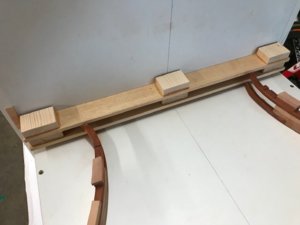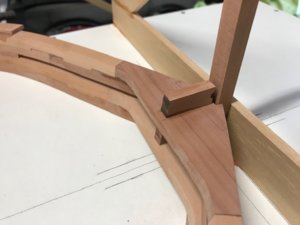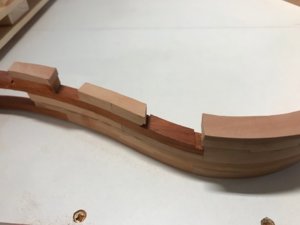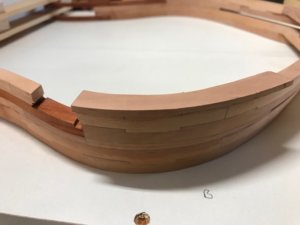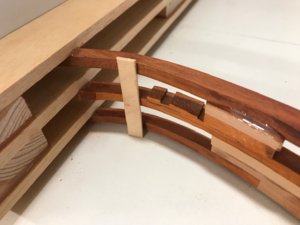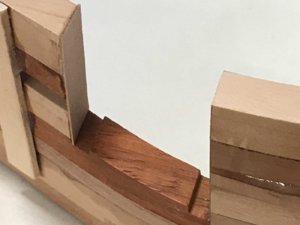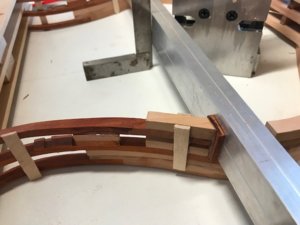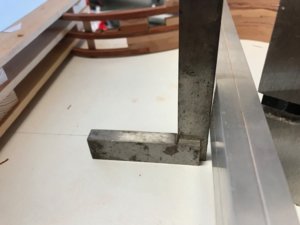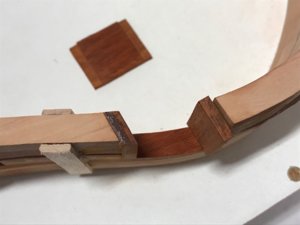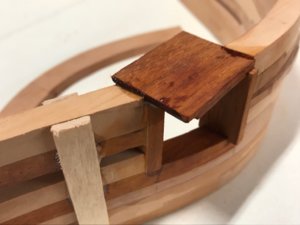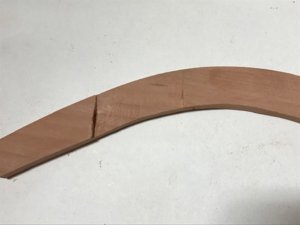Thankyou Michel and Uwe There are around 600 mortice and tenon joints on the frames in total,I am going to be seeing them in my sleep by the time the frames are done
There are around 600 mortice and tenon joints on the frames in total,I am going to be seeing them in my sleep by the time the frames are done
Kind Regards
Nigel
Kind Regards
Nigel
 |
As a way to introduce our brass coins to the community, we will raffle off a free coin during the month of August. Follow link ABOVE for instructions for entering. |
 |
 |
The beloved Ships in Scale Magazine is back and charting a new course for 2026! Discover new skills, new techniques, and new inspirations in every issue. NOTE THAT OUR FIRST ISSUE WILL BE JAN/FEB 2026 |
 |
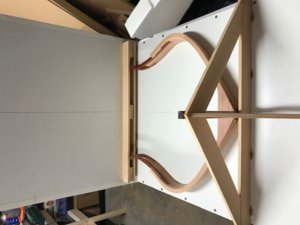
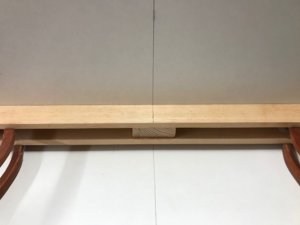
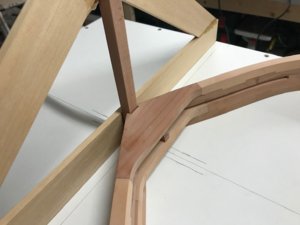
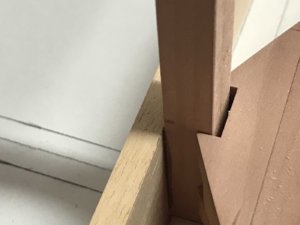
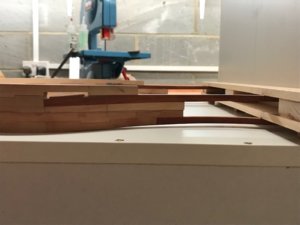
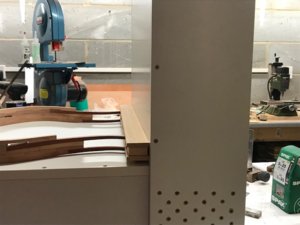


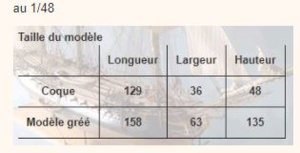
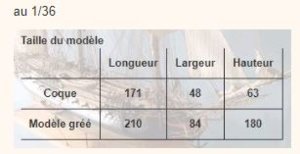
@NMBROOK
HI Nigel, do you specifically select the individual frame parts on their color to create an even contrast over the complete build of the hull to show the frame construction details.
Fantastic work.


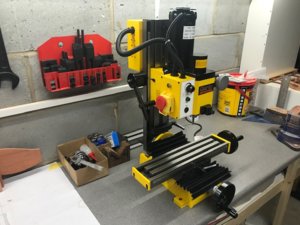
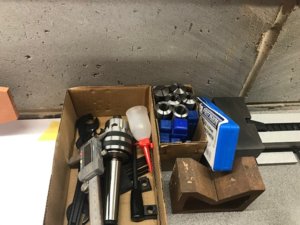
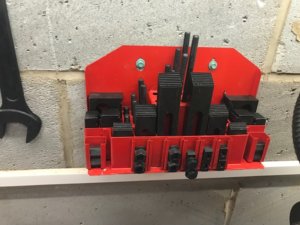
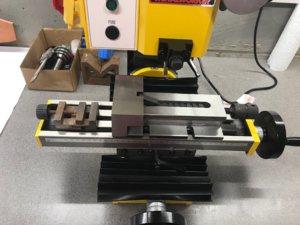



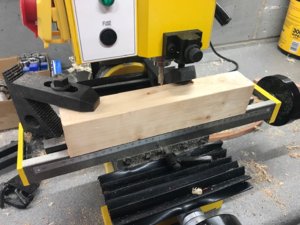
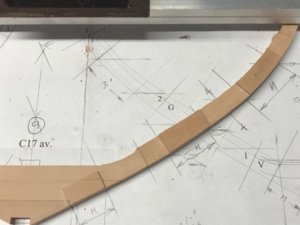
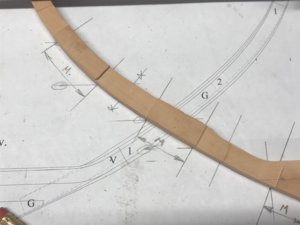
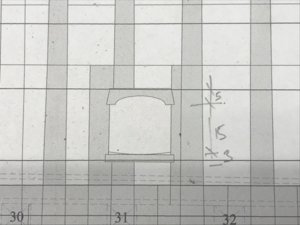
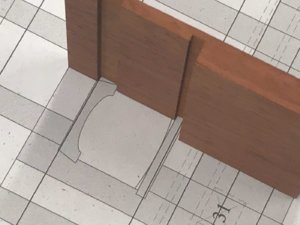
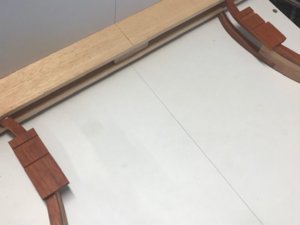
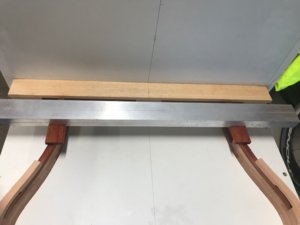
 As I am using Epoxy,only option was to sand them down to nothing and clean the area up.Replacements remade and fitted in the CORRECT position
As I am using Epoxy,only option was to sand them down to nothing and clean the area up.Replacements remade and fitted in the CORRECT position